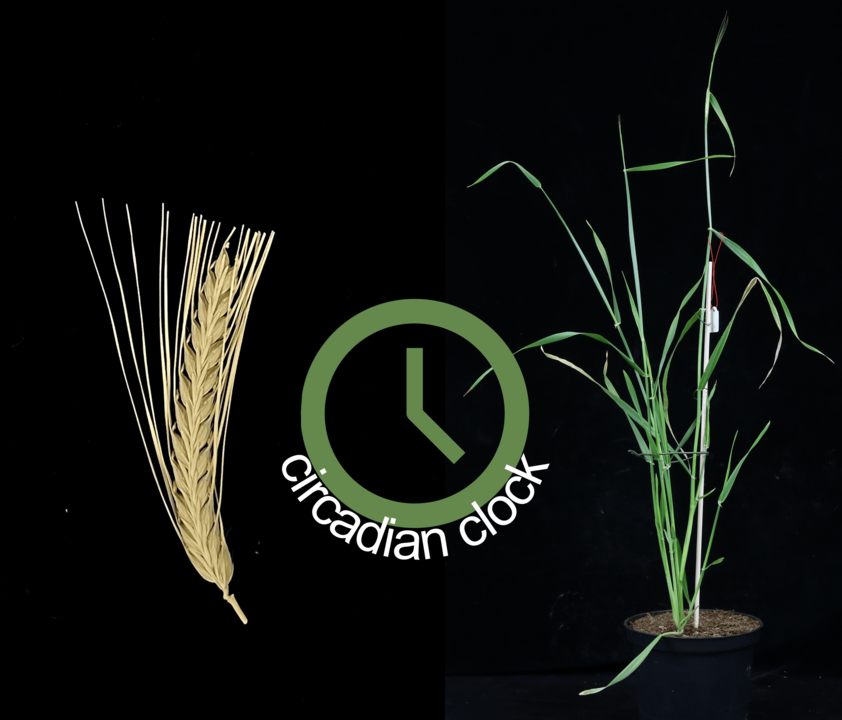For plants to reproduce successfully, it is essential that they flower during the correct season. If they do so too early or too late in the year, the temperature-sensitive flowers may be damaged as they develop. Plants therefore synchronise their development with various environmental factors, which enable them to adapt to the time of year.
Day length (photoperiod) – the number of hours of daylight per day – is one such factor, which changes in the same way over the seasons every year. The plant has an internal clock, also known as a “circadian” clock, which enables it to anticipate the regular environmental changes between day and night and between the seasons, and prepare for them accordingly. This clock directly influences the photoperiodic pathway, which regulates flowering in response to day length.
The team from the Institute of Plant Genetics headed by Professor Dr Maria von Korff Schmising is researching the molecular foundations of the developmental processes in the crop plant barley. They are focusing on the genes which control the development of plant meristems – a type of tissue comprising undifferentiated cells – and how environmental factors affect these processes. Crop responses to different day lengths are a key lever for adapting crops to different growing areas, climate zones and photoperiods.
In a publication in Plant Physiology, the biologists in Düsseldorf describe a novel genetic regulator of flowering time in barley, underlying the early maturity 7 (eam7) locus. They identified a spontaneous mutation in the LIGHT-REGULATED WD1 (LWD1) gene that enables the plants to speed up their development during days with short photoperiods, even though they normally require days with more than 12 hours of light in order to flower.
The LWD1 mutation thus makes barley virtually insensitive to photoperiod, which in turn makes cultivation in various latitudes and marginal environments with sub-optimal growing conditions possible. In addition, the flowers of plants with this mutation exhibit increased fertility, which is reduced in plants without the mutation that grow in sub-optimal day lengths.
Lead author Gesa Helmsorig: “We were able to show that the mutation in LWD1 influences the circadian clock of barley, presumably by affecting the processing of light signals that control the synchronisation of the circadian clock with external cues.” Corresponding author Professor von Korff Schmising adds: “As a result, the internal rhythmicity of gene expression shifts in relation to the external rhythmicity of light and dark periods, and the flowering signal, which is normally only induced during long photoperiods, is switched on, causing the plant to flower.”
Original publication
Gesa Helmsorig, Agatha Walla, Thea Rütjes, Gabriele Buchmann, Rebekka Schüller, Götz Hensel, Maria von Korff, early maturity 7 promotes early flowering by controlling the light input into the circadian clock in barley, Plant Physiology, Volume 194, Issue 2, February 2024.


